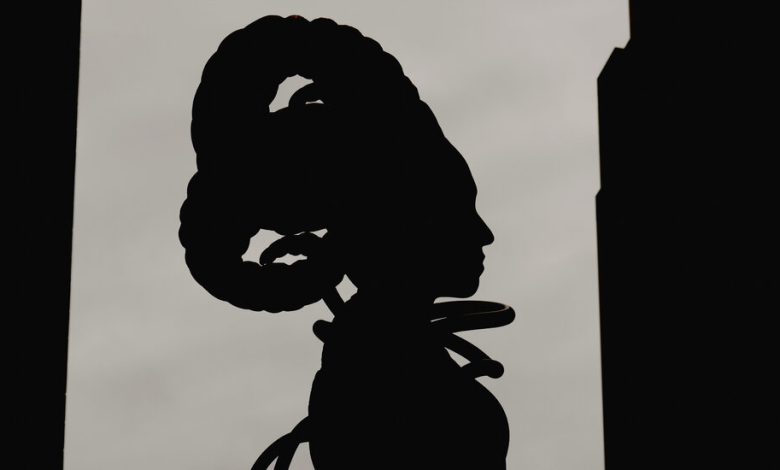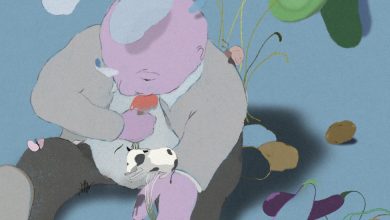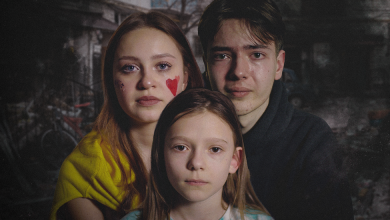Be Open to Spiritual Experience. Also, Be Really Careful.

Pundits depend on categorizations, especially in periods of turbulence. We reach for labels like “populist” or “nationalist,” for instance, in order to generalize about the stirrings of millions of voters, even when many of them might better be described simply as experimenters — pulling different levers or swinging left to right without any certain goal except to conjure a new political experience.
As in politics, so with religion. As a writer I’m always reaching for terminology that can capture various divisions within the general pattern of American Christianity’s decline: “liberal” versus “conservative” Catholics when I write about my own church; “heresy” or “orthodoxy” to describe tendencies within and around Christian belief; “secularism” and “paganism” to discuss modes of post-Christianity.
But the dissolution of the old order of American religion — the decline of churches and denominations and the rise of deinstitutionalized spirituality — means that more and more religious lives are lived in-between worldviews, in experimental territory where it’s a mistake to expect coherence, theological consistency, a definite set of prior assumptions or beliefs.
In this column I want to defend the rationality of this kind of spiritual experimentation and then to warn about its dangers. (The argument will get weirder as it goes.) But first let me give you three examples of the experimental style I have in mind, from the general to the specific.
Start with the broad youthful impulse toward what you might call magical thinking, ranging from the vogue for astrology to the TikTok craze for “manifesting” desired outcomes in your life. In certain ways this is an extension of the self-help spiritualities that have been attached to American religion since forever, but right now the magical dimension is more explicit, the connection to old-time religion weak to nonexistent.
At the same time, it’s unclear to what extent any of this can be called belief. Instead there is a playacting dimension throughout, a range of attitudes from “This isn’t real but it’s fun” to “Maybe this isn’t real but it’s cool to play around with” to “This is actually real but who knows what it means.” Even some people who explicitly identify with witchcraft seem to have this ambiguity in their identification; they are participants in a culture of ritual and exploration, not believers in a specific set of claims.
A second example is the increasing fascination with psychedelics and hallucinogenic drugs, which takes secular and scientific forms but also has a strong spiritual dimension, with many participants who believe the drugs don’t just cause an experience within the mind but open the “doors of perception,” in Aldous Huxley’s phrase, to realities that are exist above and around us all the while.
This is clearly true of the emergent spiritual culture around DMT, an ingredient in the psychedelic brew known as ayahuasca that’s become a trip of choice for so-called psychonauts — explorers of the spiritual territory that its ingestion seems to open up. For many users DMT seems to offer an eerily shared experience: They report encountering similar landscapes and similar beings, as if they’re all either connecting to the shared archetypes of some Jungian subconscious (which would be strange enough) or actually entering the same supernatural plane. And the latter belief yields spiritual experimentation in its purest form: People taking DMT this way aren’t practicing a religion so much as trying to discover religion’s supernatural grounding, and fashion a personal theology out of what they find and see.
Now a third example, very specific: Recently a statue appeared on a New York courthouse, occupying a plinth near famous lawgivers like Moses and Confucius. It’s a golden woman, or at least a female figure, with braided hair shaped like horns, roots or tendrils for arms and feet, rising upward from a lotus flower.
The figure’s sculptor, the Pakistani-American artist Shahzia Sikander, has emphasized her work’s political significance. The golden woman wears a version of Justice Ruth Bader Ginsburg’s lace collar, and she’s meant to symbolize female power in a historically male-dominated legal world and to protest Roe v. Wade’s reversal.
But the work is clearly an attempt at a religious icon as well, one forged in a blurring of spiritual traditions. It matches a similar statue by the same artist that bears the word “Havah,” evoking the Arabic and Hebrew name for Eve, and thereby making a feminist claim on the monotheistic tradition. But the imagery of the courthouse statue is also pantheistic, the roots and flower evoking nature-spirituality, “a magical hybrid plant-animal,” as one art critic puts it. And then finally its very hard not to see the braids-as-horns, the tendrils that look a bit tentacle-like, as an appropriation of Christian images of the demonic in a statue that stands against the politics of conservative Christianity.
But none of these interpretations are stable; much like people playing with magic or experimenting on the frontiers of consciousness, Sikander has devised a religious icon that lacks a settled religious meaning, that’s deliberately open to infusions from the viewer, that summons spiritual energy in a nonspecific way.
For the stringent materialist, everything I’ve just described is reasonable so long as its understood to be playacting, experience-hunting, artistic experimentation. Only when it becomes serious does it offend against rationality.
However, stringent materialism is itself a weird late-modern superstition, and the kind of experimentation I’m describing is actually far more rational than a life lived as though the universe is random and indifferent and human beings are gene-transmission machines with an illusion of self-consciousness.
Yes, plenty of New Age and “woo-woo” practices don’t make any sense or lead only unto pyramid schemes; there are traps for the credulous all over. But the basic pattern of human existence and experience, an ordered and mathematically beautiful cosmos that yields extraordinary secrets to human inquiry and supplies all kinds of wild spiritual experiences even in our allegedly disenchanted age (and even sometimes to professional skeptics), makes a general openness to metaphysical possibilities a fundamentally reasonable default. And this is especially true if you have no theological tradition, no religious upbringing to structure your encounter with the universe’s mysteries — if you’re starting fresh, as many people nowadays are.
But precisely because an attitude of spiritual experimentation is reasonable, it’s also important to emphasize something taught by almost every horror movie but nonetheless skated over in a lot of American spirituality: the importance of being really careful in your openness, and not just taking the beneficence of the metaphysical realm for granted.
If the material universe as we find it is beautiful but also naturally perilous, and shot through with sin and evil wherever human agency is at work, there is no reason to expect that any spiritual dimension would be different — no reason to think that being a “psychonaut” is any less perilous than being an astronaut, even if the danger takes a different form.
There is plenty of raw data to indicate the perils: Not every near-death experience is heavenly; some share of DMT users come back traumatized; the American Catholic Church reportedly fields an increasing number of exorcism inquiries even as its cultural influence otherwise declines. And there should also be a fundamental uncertainty around even initially positive experiences: Not all that glitters is gold, and the idea that certain forces are out to trick you or use you recurs across religious cultures (and in the semireligious culture around U.F.O. experience today).
I’m writing as a Christian; my religion explicitly warns against magic, divination, summoning spirits and the like. (Atheist polemicists like to say that religious people are atheists about every god except their own, but this is not really the case; Christianity certainly takes for granted that there are powers in the world besides its triune God.) And it makes sense that in a culture where people are reacting against the Christian past there might be an instinct to ignore such prohibitions, to regard them as just another form of patriarchal chaunivism, white-male control.
But the presumption of danger in the supernatural realm is hardly confined to Christian tradition, and the presumption that pantheism or polytheism or any other alternative to Western monotheism automatically generates humane and kindly societies finds no confirmation in history whatsoever.
So from any religious perspective there’s reason to worry about a society where structures have broken down and a mass of people are going searching without maps, or playing around in half-belief, or deploying, against what remains of Christianity, symbols that invoke multiple spiritualities at once.
Some element of danger is unavoidable. The future of humanity depends on people opening doors to the transcendent, rather than sealing themselves into materialism and despair.
But when the door is open, be very, very careful about what you invite in.
The Times is committed to publishing a diversity of letters to the editor. We’d like to hear what you think about this or any of our articles. Here are some tips. And here’s our email: [email protected].
Follow The New York Times Opinion section on Facebook, Twitter (@NYTOpinion) and Instagram.





